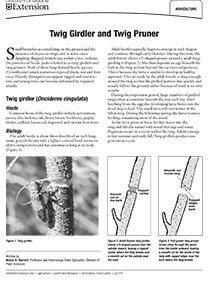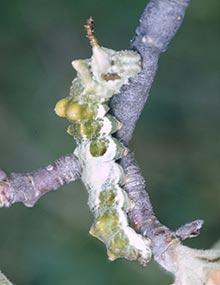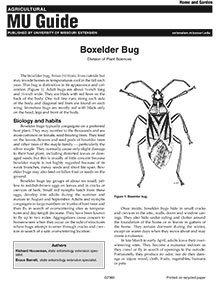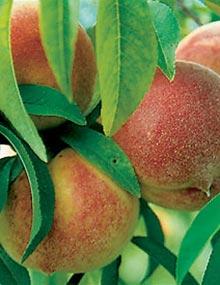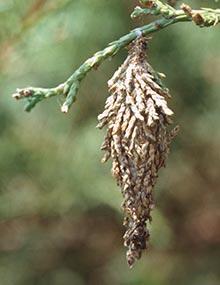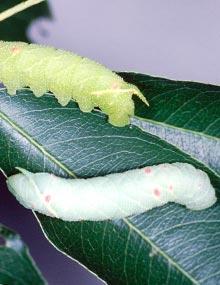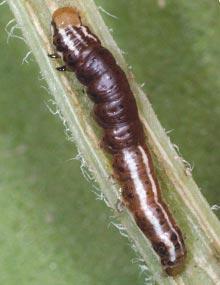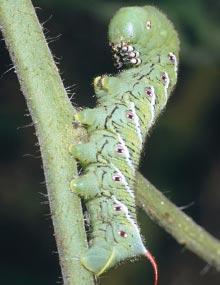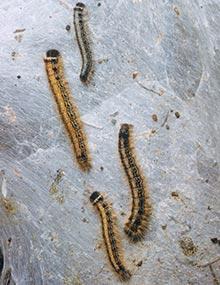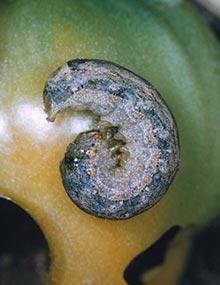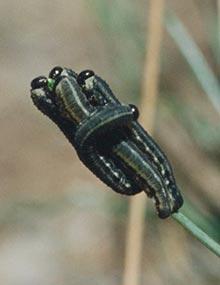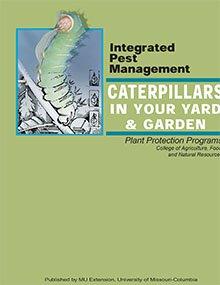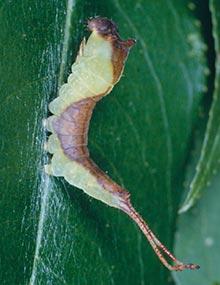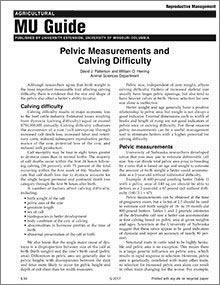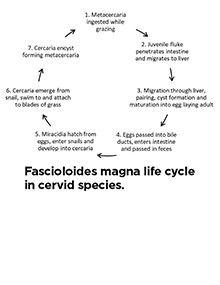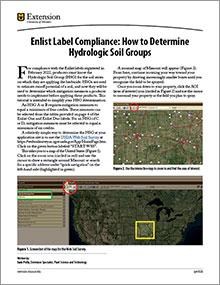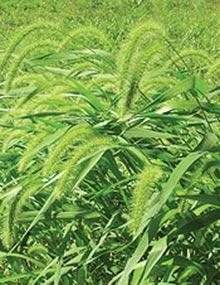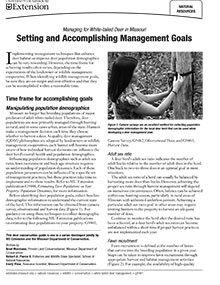Twig Girdler and Twig Pruner
Reviewed
Twig Girdler and Twig Pruner are long-horned beetle species that attack numerous types of valuable trees. Visit our website to learn more.
Caterpillars in Your Yard and Garden, Page 36
Reviewed
Red-spotted purple caterpillars (Limenitis arthemis) are present from early summer to fall. They produce two generations per year.
Boxelder Bug
Reviewed
Home Fruit Production: Peach and Nectarine Culture
Revised
Peach and nectarine trees require considerable care, so cultivars must be carefully selected. Get tips for growing these fruits — including how many trees to plant, how to train and prune them, and how much to water them — in this guide.
Caterpillars in Your Yard and Garden, Page 04
Reviewed
Bagworm caterpillars (Thyridopteryx ephemeraeformis) are present from early June to August. They produce one generation per year.
Caterpillars in Your Yard and Garden, Page 39
Reviewed
Smalleyed sphinx caterpillars (Paonias myops) are present from May through September. They produce multiple generations per year.
Caterpillars in Your Yard and Garden, Page 07
Reviewed
Cabbage looper caterpillars (Trichoplusia ni) are present from late spring to fall. They produce two to three generations per year.
Caterpillars in Your Yard and Garden, Page 42
Reviewed
Stalk borer caterpillars (Papaipema nebris) are present from May to August. They produce one generation per year.
Caterpillars in Your Yard and Garden, Page 10
Reviewed
Clearwinged sphinx caterpillars (Hemaris diffinis) are present from April to September. They produce two generations per year.
Caterpillars in Your Yard and Garden, Page 45
Reviewed
Tobacco hornworm caterpillars (Manduca sexta), left, and tomato hornworm caterpillars (Manduca quinquemaculata), below, are present from June through September. They produce two or more generations per year.
Caterpillars in Your Yard and Garden, Page 13
Reviewed
Eastern tent caterpillars (Malacosoma americanum) are present from early spring to June. They produce one generation per year.
Caterpillars in Your Yard and Garden, Page 48
Reviewed
Variegated cutworm caterpillars (Peridroma saucia) are present from late spring to early summer. They produce two to four generations per year.
Caterpillars in Your Yard and Garden, Page 16
Reviewed
European pine sawfly caterpillars (Neodiprion sertifer) are present in spring and summer. They produce one generation per year.
Caterpillars in Your Yard and Garden, Page 51
Reviewed
Red phase and black phase walnut caterpillars (Datana integerrima) are present from early May to September. They produce one to two generations per year.
Caterpillars in Your Yard and Garden
Reviewed
Caterpillars are some of the most easily observed insects in backyards and gardens. Learn to identify them so you will know what type of butterflies or moths they will turn into.
Caterpillars in Your Yard and Garden, Page 19
Reviewed
Gray furcula caterpillars (Furcula cinerea) are present from spring to fall. They produce two generations per year.
Reducing Losses When Feeding Hay to Beef Cattle
Reviewed
Feeding hay to cattle is expensive, mostly due to waste. Learn good management practices to minimize the losses that occur due to poor storage methods, improper feeding methods, or both.
Missouri Farm Labor Guide
Revised
Learn good human resource practices related to employee recruitment, hiring, onboarding, training and termination that your farm or agribusiness can use.
Pelvic Measurements and Calving Difficulty
Reviewed
Although researchers agree that birth weight is the most important measurable trait affecting calving difficulty, there is evidence that the size and shape of the pelvis also affect a heifer’s ability to calve.
Liver Flukes in Missouri: Distribution, Impact on Cattle, Control and Treatment
Reviewed
Cattle operations should evaluate their risk for is Fascioloides magna, also known as the deer fluke or the giant liver fluke. Learn about its distribution in Missouri, its life cycle, treatment and more in this guide.
Enlist Label Compliance: How to Determine Hydrologic Soil Groups
New
Learn how to use the USDA Web Soil Survey interactive map to determine your field's hydrologic soil group for the soil series on which you plan to apply an Enlist herbicide.
Quail-Friendly Plants of the Midwest, Page 18
Reviewed
Most of the foxtails found in the Midwest are native to Europe and Asia. They are annual plants generally considered to be weeds. The seed head has the bushy form of a fox's tail. Height at maturity varies by species, but is generally 1-3 feet.
Managing for White-tailed Deer in Missouri: Setting and Accomplishing Management Goals
Reviewed
White-tailed deer management
This deer conservation guide is one in a series developed jointly by MU Extension and the Missouri Department of Conservation.
Quail-Friendly Plants of the Midwest, Page 50
Reviewed
Winged, smooth and staghorn sumac have single stems and a broad reaching canopy of pinnately compound leaves. Fragrant sumac has three leaves resembling poison ivy but with more serrated margins. The leaves of all species often turn a brilliant red in autumn.
